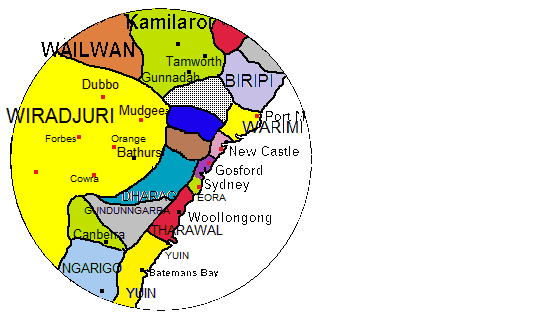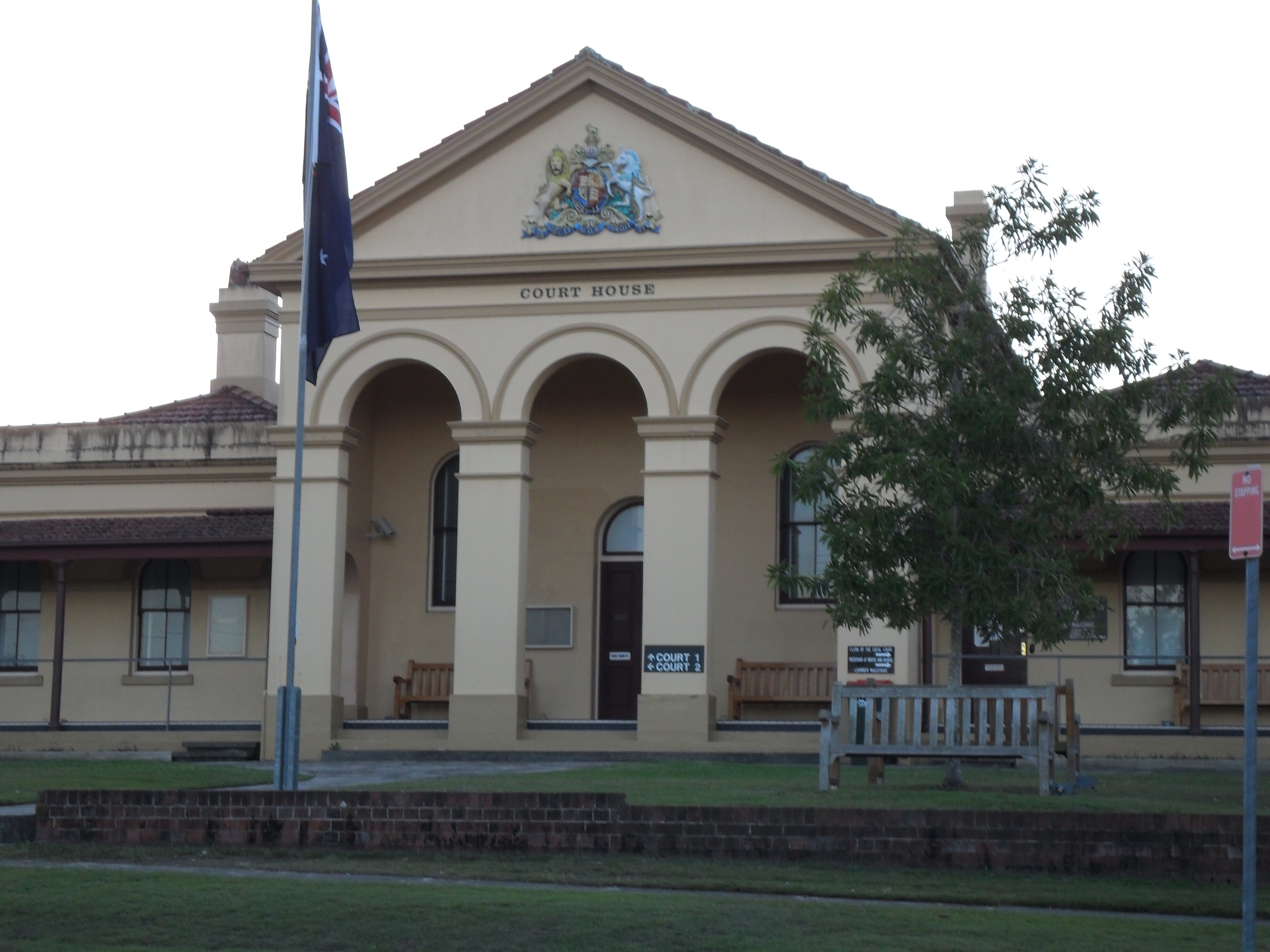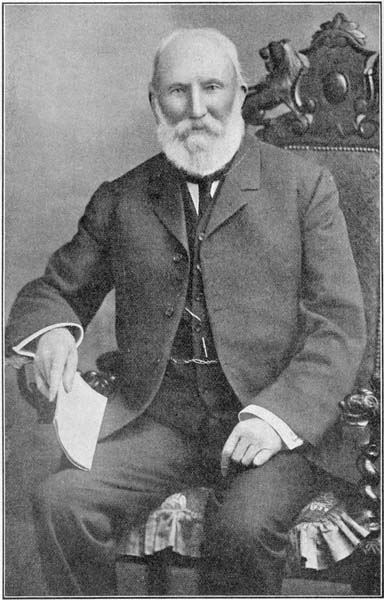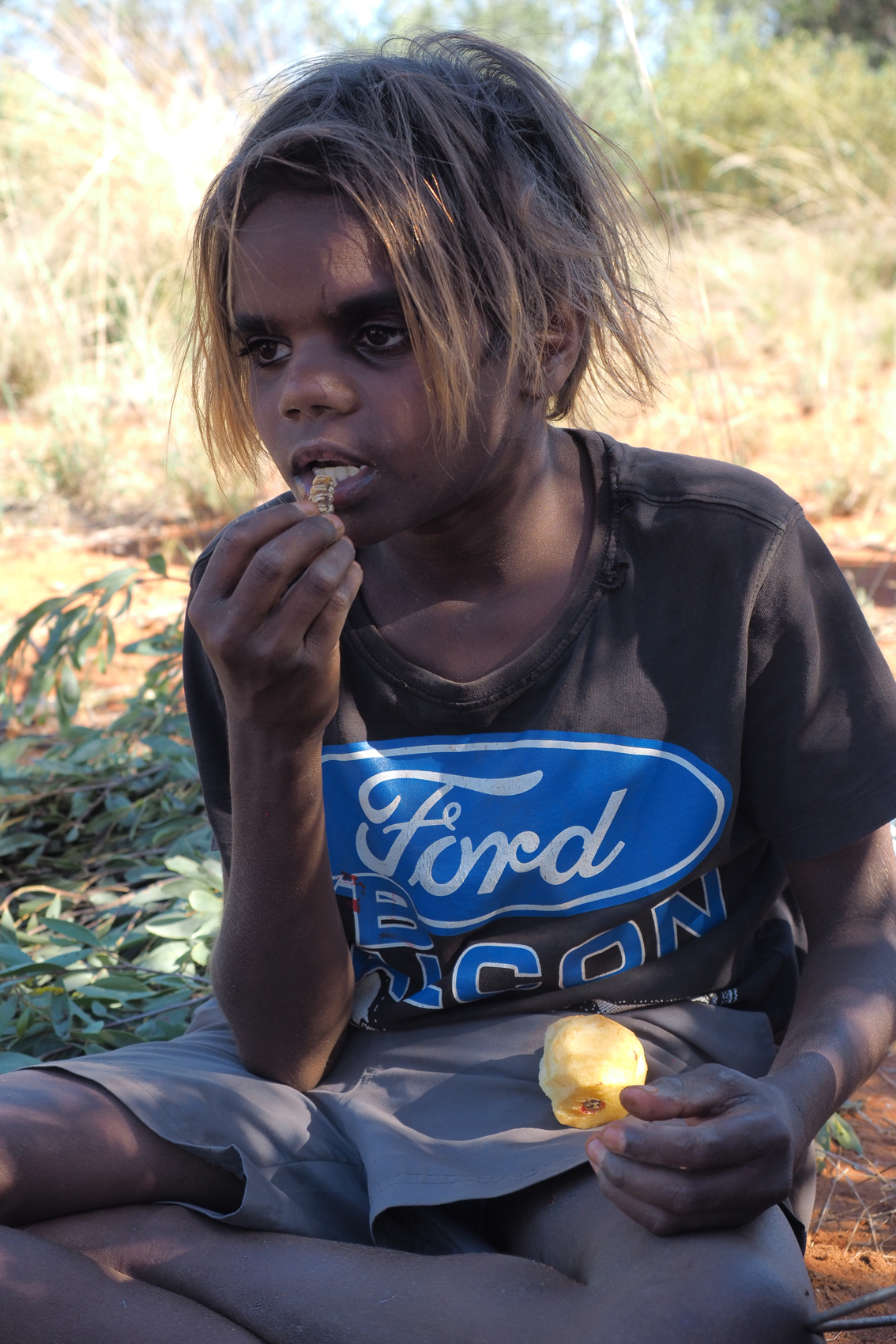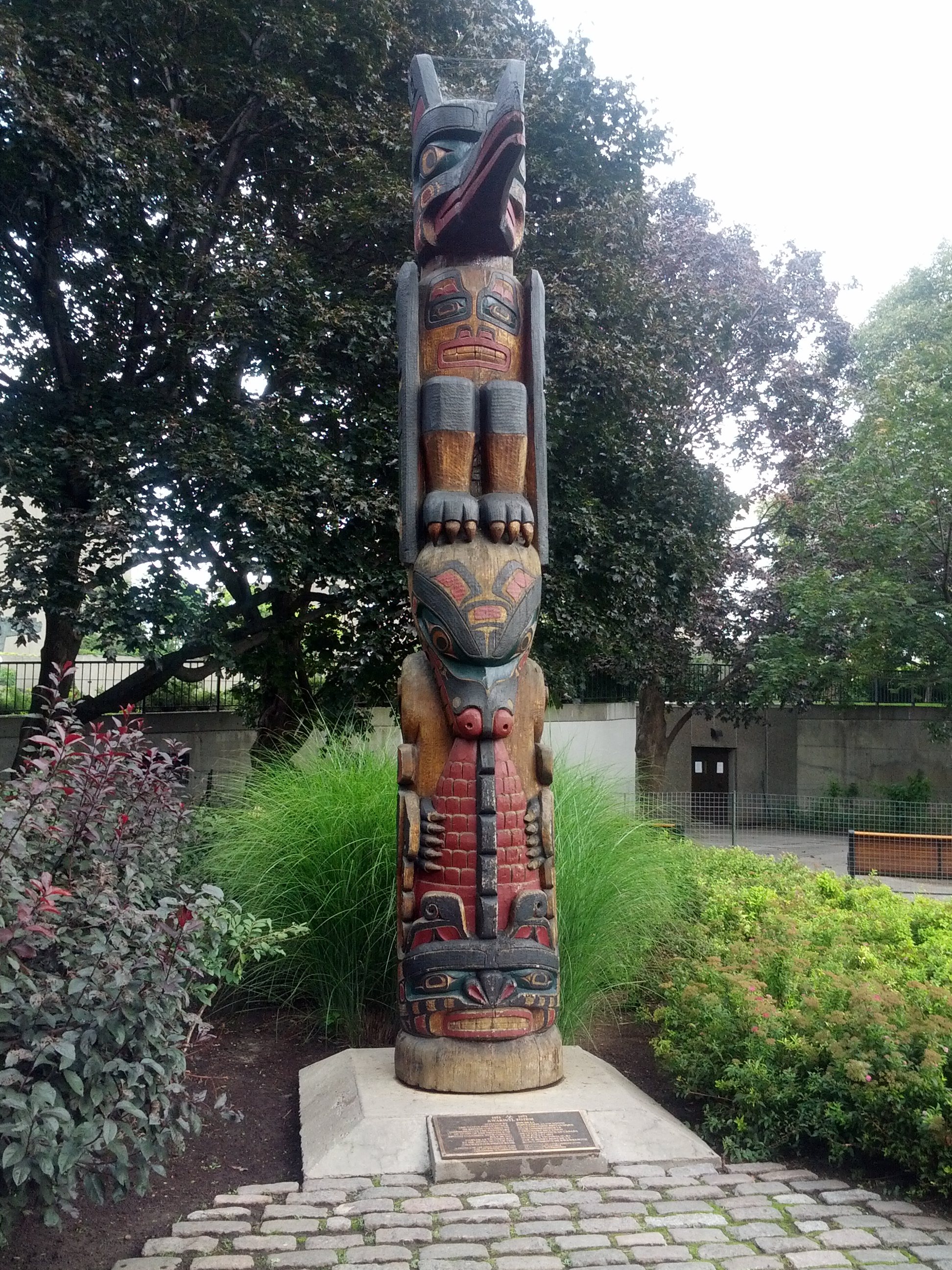|
Biripi
The Birrbay people, also spelt Birpai, Biripi, Birippi and variant spellings, are an Aboriginal Australian people of New South Wales. They share a dialect continuum with the Worimi people. Language The Gathang language (aka Gadjang or Worimi) is the speech of the Birrbay centred in Port Macquarie. Birpai is spelt Biripi in southern areas, such as Taree. Gathang was a community language spoken by the six tribes of the Worimi when required to meet. W. J. Enright found four elderly speakers of Gathang at Wauchope in 1932. Country Birbay are the traditional owners of some of Mid North Coast land, from Gloucester eastwards to the coast where the Manning River debouches into the Pacific at Taree. They were mainly located north of the Manning, and on the Forbes, Hastings (''Dhungang'') and Wilson rivers. Social organisation The Birrbay, according to A. R. Radcliffe-Brown, had no moieties, but did divide their hordes into four intermarrying groups, 4 male phratries: * ''Wombo' ... [...More Info...] [...Related Items...] OR: [Wikipedia] [Google] [Baidu] |
Taree, New South Wales
Taree () is a city on the Mid North Coast, New South Wales, Australia. It and nearby Cundletown were settled in 1831 by William Wynter. Since then it has grown to a population of 26,381, and commands a significant agricultural district. Situated on a floodplain by the Manning River, it is 16 km from the Tasman Sea coast, and 317 km north of Sydney. Taree is within the local government area of Mid-Coast Council, the state electorate of Myall Lakes and the federal electorate of Lyne. Established in 1854 as a private town, it was proclaimed a municipality in 1885 and a city in 1981. Name The name Taree is derived from "tareebit", a Biripi word meaning ''tree by the river'', or more specifically, the Sandpaper Fig ('' Ficus coronata''). History The Biripi were the indigenous people of what is now known as Taree. The Aboriginal population of the Manning River was relatively dense before colonisation by Europeans. In 1826, Assistant Surveyor Henry Dangar was instru ... [...More Info...] [...Related Items...] OR: [Wikipedia] [Google] [Baidu] |
Manning River
Manning River (Birpai language, Biripi: ''Boolumbahtee''), an open and Breakwater (structure), trained mature wind wave, wave dominated estuary#Lagoon-type or bar-built, barrier estuary, is located in the Northern Tablelands and Mid North Coast districts of New South Wales, Australia. It is the only double delta river in the southern hemisphere in which there are two permanent entrances to the river, one at Old Bar, New South Wales, Old Bar and another at Harrington, New South Wales, Harrington, and is famously one of only two rivers in the world to have permanent multiple entrances with the other being the Nile, Nile river in Egypt. Course and features Manning River rises below Barrington Volcano, Mount Barrington, on the northeastern slopes of the Great Dividing Range within Barrington Tops National Park, east southeast of Ellerston, New South Wales, Ellerston, and flows generally southeast, joined by eleven tributary, tributaries including the Pigna Barney River, Pigna Barney ... [...More Info...] [...Related Items...] OR: [Wikipedia] [Google] [Baidu] |
Dunghutti
The Djangadi people, also spelt Dhungatti, Dainggati, Tunggutti or Dunghutti are an Aboriginal Australian people resident in the Macleay River, Macleay Valley of northern New South Wales. Language Dhanggati language, Dhanggati / Dunghutti belongs to the Yuin–Kuric languages, Yuin–Kuric language family and is usually grouped with the Nganyaywana language, Anēwan language. The Ngabu Bingayi Aboriginal Corporation promotes the revival study of their language learning as an ongoing activity in the Macleay Valley. Linguist Amanda Lissarrague has been active in assisting their efforts. The language is currently being taught at Kempsey, New South Wales, Kempsey TAFE NSW, TAFE. Part of the language was recorded and analysed by Nils Holmer and his wife. Country Ethnologist Norman Tindale estimated Djangadi traditional lands to have encompassed some . They took in the area from Point Lookout (New South Wales), Point Lookout southwards as far as the headwaters of the Macleay River a ... [...More Info...] [...Related Items...] OR: [Wikipedia] [Google] [Baidu] |
Port Macquarie
Port Macquarie, sometimes shortened to Port Mac and commonly locally nicknamed Port, is a coastal city on the Mid North Coast of New South Wales, Australia, north of Sydney, and south of Brisbane, on the Tasman Sea coast at the mouth of the Hastings River, and the eastern end of the Oxley Highway (B56). It had a population of 47,974 in 2018, Estimated resident population, 30 June 2018. and an estimated population of 51,965 in 2023. History Indigenous Port Macquarie sits within Birpai (Biripi, Bripi, Biripai, Birrbay) country, and the Birpai people are recognised as the traditional custodians of the land on which Port Macquarie is located. Port Macquarie was long known to the Birpai people as Guruk. The Birpai Local Aboriginal Land Council provides positive support, information and responsible governance for the Aboriginal community, while also cultivating strong links with the broader community. Before British colonisation, large clans of Birpai people resided in and aro ... [...More Info...] [...Related Items...] OR: [Wikipedia] [Google] [Baidu] |
Coolamon (vessel)
Coolamon is an anglicised version of the Wiradhuric languages, Wiradjuric word ''guliman'' used to describe an Australian Aboriginals, Australian Aboriginal carrying Packaging, vessel. It is a multi-purpose shallow vessel, or dishware, dish with curved sides, ranging in length from 30 to 70 cm, and similar in shape to a canoe. Coolamons were traditionally used by Aboriginal women to carry water, fruit, nuts, as well as to cradle babies. Today when women gather bush tucker, they usually use a billy can, bucket or flour tin. Coolamons were carried on the head when travelling any distance, or under the arm if used as a cradle. If carried on the head, a ring pad (''akartne'' in Arrernte language, Arrernte) was placed on the head, made out of possum and/or Australian Aboriginal hairstring, human hair string, twisted grass, or feather This helped to cushion and support the carriage of the coolamon; the same purpose as those used by women in traditional cultures around the world t ... [...More Info...] [...Related Items...] OR: [Wikipedia] [Google] [Baidu] |
Bullroarer
The bullroarer, ''rhombus'', or ''turndun'' is an ancient ritual musical instrument and a device historically used for communicating over great distances. It consists of a piece of wood attached to a string, which when swung in a large circle produces a roaring vibration sound. It dates to the Paleolithic period, examples dating from 18,000 BC having been found in Ukraine. Anthropologist Michael Boyd, a bullroarer expert, documents a number found in Europe, Asia, Africa, the Americas, and Australia. In Ancient Greece it was a sacred instrument used in the Dionysian Mysteries and is still used in rituals worldwide. It was a prominent musical technology among the Australian Aboriginal people, used in ceremonies and to communicate with different people groups across the continent. Many different cultures believe that the sounds they make have the power to ward off evil influences. Design, use, and sound A bullroarer consists of a weighted airfoil (a rectangular thin slat o ... [...More Info...] [...Related Items...] OR: [Wikipedia] [Google] [Baidu] |
Robert Hamilton Mathews
Robert Hamilton Mathews (1841–1918) was an Australian surveyor and self-taught anthropologist who studied the Aboriginal cultures of Australia, especially those of Victoria, New South Wales and southern Queensland. He was a member of the Royal Society of New South Wales and a corresponding member of the Anthropological Institute of London (later the Royal Anthropological Institute). Mathews had no academic qualifications and received no university backing for his research. Mathews supported himself and his family from investments made during his lucrative career as a licensed surveyor. He was in his early fifties when he began the investigations of Aboriginal society that would dominate the last 25 years of his life. During this period he published 171 works of anthropology running to approximately 2200 pages. Mathews enjoyed friendly relations with Aboriginal communities in many parts of south-east Australia. Marginalia in a book owned by Mathews suggest that Aboriginal ... [...More Info...] [...Related Items...] OR: [Wikipedia] [Google] [Baidu] |
Gumbaynggirr
The Gumbaynggirr people, also rendered Kumbainggar, Gumbangeri and other variant spellings, are an Aboriginal Australian people of the Mid North Coast of New South Wales. Gumbathagang was a probable clan or sub-group. The traditional lands of the Gumbaynggirr nation stretch from Tabbimoble Yamba-Clarence River to Ngambaa-Stuarts Point, SWR- Macleay to Guyra and to Oban. History Clement Hodgkinson was the first European to make contact with the local Aboriginal community when he explored the upper reaches of the Nambucca and Bellinger Rivers in March 1841. Three decades later, loggers began to work their way up through the Orara River cedar stands in the 1870s. Over c.1873-1874, J.W. Lindt produced photographs of local indigenous people both in their environment and conducting actual traditional ceremonies in the Clarence River district, and made portraits in his studio. Contemporary commentary records them as "the first successful attempt at representing the native black ... [...More Info...] [...Related Items...] OR: [Wikipedia] [Google] [Baidu] |
Aboriginal Australian Ceremony
Australian Aboriginal culture includes a number of practices and ceremonies centered on a belief in the Dreamtime and other mythology. Reverence and respect for the land and oral traditions are emphasised. The words "law" and "lore", the latter relating to the customs and stories passed down through the generations, are commonly used interchangeably. Learned from childhood, lore dictates the rules on how to interact with the land, kinship and community. Over 300 languages and other groupings have developed a wide range of individual cultures. Aboriginal art has existed for thousands of years and ranges from ancient rock art to modern watercolour landscapes. Traditional Aboriginal music developed a number of unique instruments, and contemporary Aboriginal music spans many genres. Aboriginal peoples did not develop a system of writing before colonisation, but there was a huge variety of languages, including sign languages. Oral tradition Cultural traditions and beliefs as w ... [...More Info...] [...Related Items...] OR: [Wikipedia] [Google] [Baidu] |
Totem
A totem (from or ''doodem'') is a spirit being, sacred object, or symbol that serves as an emblem of a group of people, such as a family, clan, lineage (anthropology), lineage, or tribe, such as in the Anishinaabe clan system. While the word ''totem'' itself is an anglicisation of the Ojibwe term (and both the word and beliefs associated with it are part of the Ojibwe language and Ojibwe, culture), belief in Tutelary deity, tutelary spirits and deities is not limited to the Ojibwe people. Similar concepts, under differing names and with variations in beliefs and practices, may be found in a number of cultures worldwide. The term has also been adopted, and at times redefined, by anthropologists and philosophers of different cultures. Contemporary Neoshamanism, neoshamanic, New Age, and mythopoetic men's movements not otherwise involved in the practice of a traditional, tribal religion have been known to use "totem" terminology for the personal identification with a tutelary sp ... [...More Info...] [...Related Items...] OR: [Wikipedia] [Google] [Baidu] |
Phratry
In ancient Greece, a phratry (, derived from ) was a group containing citizens in some city-states. Their existence is known in most Ionian cities and in Athens and it is thought that they existed elsewhere as well. Almost nothing is known about the functions and responsibilities of phratries outside Attica (the area around Athens). Within Athens, they played a prominent role in social and religious life, particularly in the major festival called the Apatouria. They played an important role in determining eligibility for Athenian citizenship and all citizens (with very few exceptions) and only citizens were enrolled in phratries. Particularly in anthropology, the term is also applied to similar descent groups of multiple clans in other societies. History Origins and etymology The origins of the phratry in ancient Greece are unknown. It is possible that they are Ionian in origin and that their presence in Athens stems from a known migration from Ionia in the late Mycenaean period. ... [...More Info...] [...Related Items...] OR: [Wikipedia] [Google] [Baidu] |
